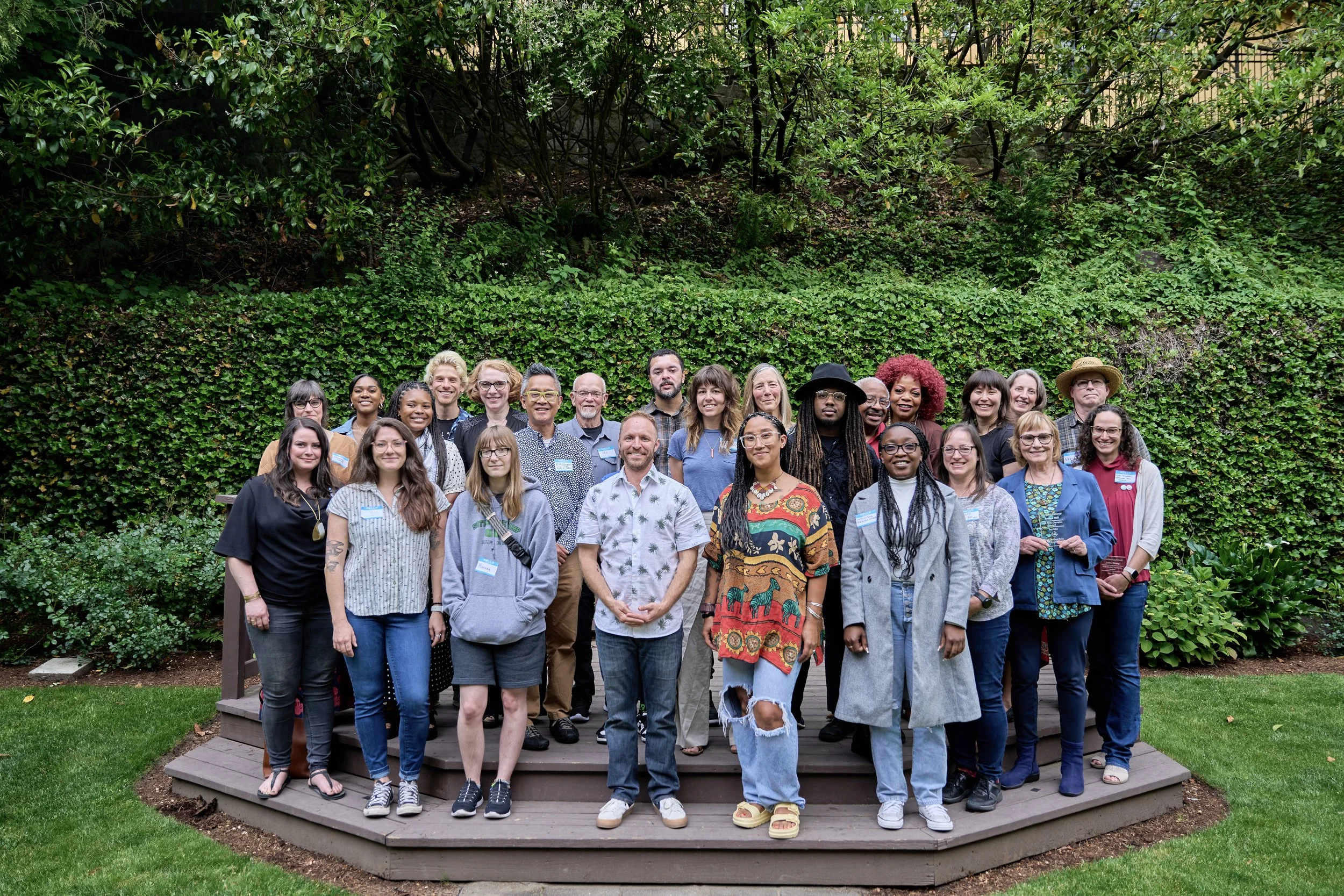By Julia Benford
One of the greatest features of parks is the way that they bring people together. Take a stroll around a Portland neighborhood park on a nice day and you’re likely to see children playing, joggers and dog-walkers getting some exercise, and people lounging in the grass while soaking up the sun. Parks provide a space where neighbors can socialize and relax at the same time, making them ideal for community-building. We spoke to Kari Christensen, director of the Brownfields Initiative at the Oregon Department of Public Health, about the role of parks in creating healthy communities.
What is the Brownfields Initiative? What impacts does it have on local communities?
The Brownfields Initiative works to clean up abandoned spaces in Portland and around Oregon, turning them into spaces, like parks, that the general public can use. In the process, we solicit a lot of input from the community about the kinds of places they’d like to see brownfields turned into. One project that we’ve been working on is the Salmonberry Trail, which will replace an abandoned rail line in Tillamook with a new trail for cyclists and pedestrians. These kinds of projects help the community prosper by bringing in visitors and business opportunities.
How do parks benefit communities here in Portland?
Parks have enormous benefits, particularly when incorporated into park-deficient communities. The new Cully Park in Northeast Portland has involved the whole neighborhood in the planning process, soliciting the input of community organizations like Hacienda CDC and Verde. Neighbors were able to collaborate to address safety concerns, building trust in one another. The park also sourced labor from within the community, providing jobs for low-income residents.
What impacts do parks have on community health?
When people think of health, they typically picture biological health-- doctors, medicine, feeling better when you’re sick. But health has multiple dimensions. Parks support holistic health, giving people tools to help their well-being and avoid getting sick in the first place. Not only do they provide opportunities for physical exercise, they also have mental and social benefits. Being out in nature helps people relax and manage stress, and having a park in the neighborhood allows community members to get to know one another in a casual setting. These aspects of parks promote overall well-being.
The next time you feel the urge to get out in nature, try looking up parks in your neighborhood! Visiting local parks is a great way to meet new people, whether you’re playing a game of pick-up basketball or chatting with other parents as your kids use the playground. And keep updated here on the progress of Cully Park in NE Portland. You can help us make it happen by donating to the effort today!




























